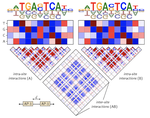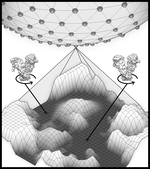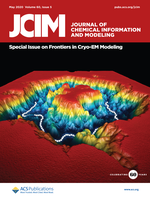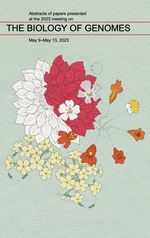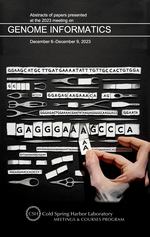Evan Seitz
Computational Postdoctoral Fellow
Cold Spring Harbor Laboratory
Simons Center for Quantitative Biology
Biography
My name is Evan Seitz and I’m currently a Computational Postdoctoral Fellow in the Simons Center for Quantitative Biology at Cold Spring Harbor Laboratory. In this role, I’ve developed advanced interpretation techniques to understand gene-regulatory mechanisms learned by black-box deep neural networks.
Previously, I obtained my doctorate at Columbia University working on Computational Biophysics in the Frank Lab. My thesis work focused on the development, interpretation and refinement of a geometric machine-learning approach to elucidate metabolic function in the form of a low-dimensional energy landscape and corresponding continuum of atomic structures.
A commonality in my work is the navigation of biological complexity through the application of machine learning models augmented by advanced interpretation techniques.
Almost a decade ago, previous to my scientific endeavors, my profession was in the arts (specifically 2D and 3D animation and design). Although my path has changed, I still love to design and find ways to incorporate those skills into my scientific work. I also love learning new things and sharing my ideas and experiences with others. In my free time, I have fun hiking, bicycling, playing sports like tennis, and video games.
This website provides an overview of my work in science and education. For more information, download my curriculum vitae
- Biophysics
- Complex Systems
- Machine Learning
- Algorithm Design
-
PhD in Computational Biophysics, 2022
Columbia University
-
MPhil in Biological Sciences, 2020
Columbia University
-
MA in Biological Sciences, 2019
Columbia University
-
BS in Physics, 2017
Georgia Institute of Technology
-
BA in Mass Communication, 2009
Georgia College





